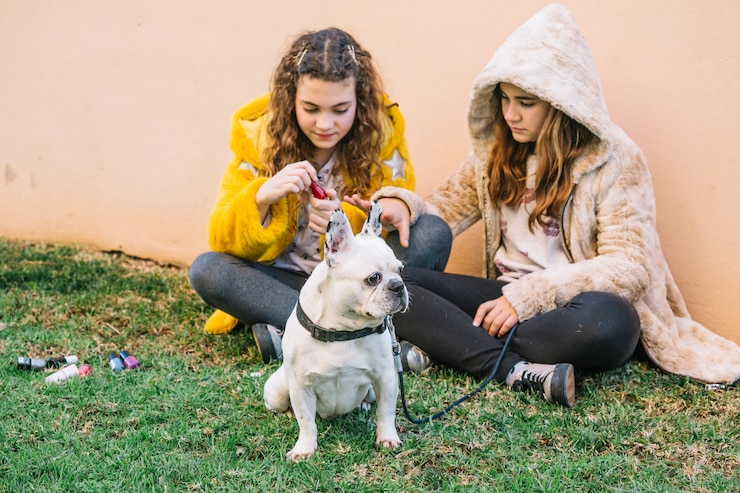Understanding Pet Behavior: What Your Pet Is Trying to Tell You

Pets can’t communicate with words, but they use their behavior to tell us how they feel. By understanding common pet behaviors, you can improve your bond with your pet and address their needs more effectively.
1. Tail Wagging
In dogs, tail wagging is often seen as a sign of happiness. However, it’s essential to pay attention to the context. A wagging tail can also indicate excitement, anxiety, or even aggression. If a dog’s tail is wagging stiffly or the body posture is tense, they may be feeling threatened.
2. Purring
Cats often purr when they’re content, but they can also purr when they’re in pain or feeling anxious. If your cat purrs while being petted, they’re likely happy. However, if they’re purring in a situation where they seem stressed, like when they’re hiding or trembling, they may be trying to comfort themselves.
3. Scratching
Scratching is a natural behavior for cats, and it serves multiple purposes. It helps them stretch their muscles, mark their territory, and keep their claws sharp. If your cat scratches furniture or walls, it’s not to annoy you—it’s simply part of their instincts. Provide a scratching post to satisfy this need.
4. Barking
Dogs bark for various reasons. They may bark to alert you of a stranger, to express excitement, or to get your attention. Some dogs bark excessively out of boredom or anxiety. If your dog’s barking seems excessive, it’s worth investigating the cause, such as separation anxiety or lack of stimulation.
5. Licking
Dogs often lick as a sign of affection, but they can also lick to self-soothe, particularly when they’re anxious or stressed. Cats also lick themselves to groom, but excessive licking in cats could indicate a skin issue or anxiety. If your pet is licking excessively, it’s essential to observe other signs and consider a vet visit if necessary.
6. Hiding
Pets may hide when they’re feeling sick, stressed, or scared. If your normally social pet is suddenly spending more time in secluded spots, it could be a sign that they’re not feeling well. Monitor their behavior closely and consult your vet if the hiding continues.
7. Jumping
Jumping is a common behavior, especially in dogs. While it may seem like an attempt to get attention, it’s often a sign of excitement. You can train your dog to stop jumping by rewarding them for calm behavior and redirecting their energy into positive activities like sitting.
Understanding your pet’s behavior allows you to respond more appropriately to their needs. By learning to recognize their body language and vocalizations, you can improve communication with your pet and create a more fulfilling relationship. Remember, a happy pet is one whose needs are understood and met.



3 Comments
[…] For more insights on understanding your cat’s communication and behavior patterns, explore our guide on Understanding Pet Behavior: What Your Pet Is Trying to Tell You. […]
[…] For more insights on navigating behavioral challenges with the little ones in your life (both human and furry), check out our article on Understanding Pet Behavior. […]
[…] For more insights on understanding your pet’s communication and behavior patterns, explore our guide on Understanding Pet Behavior: What Your Pet is Trying to Tell You. […]